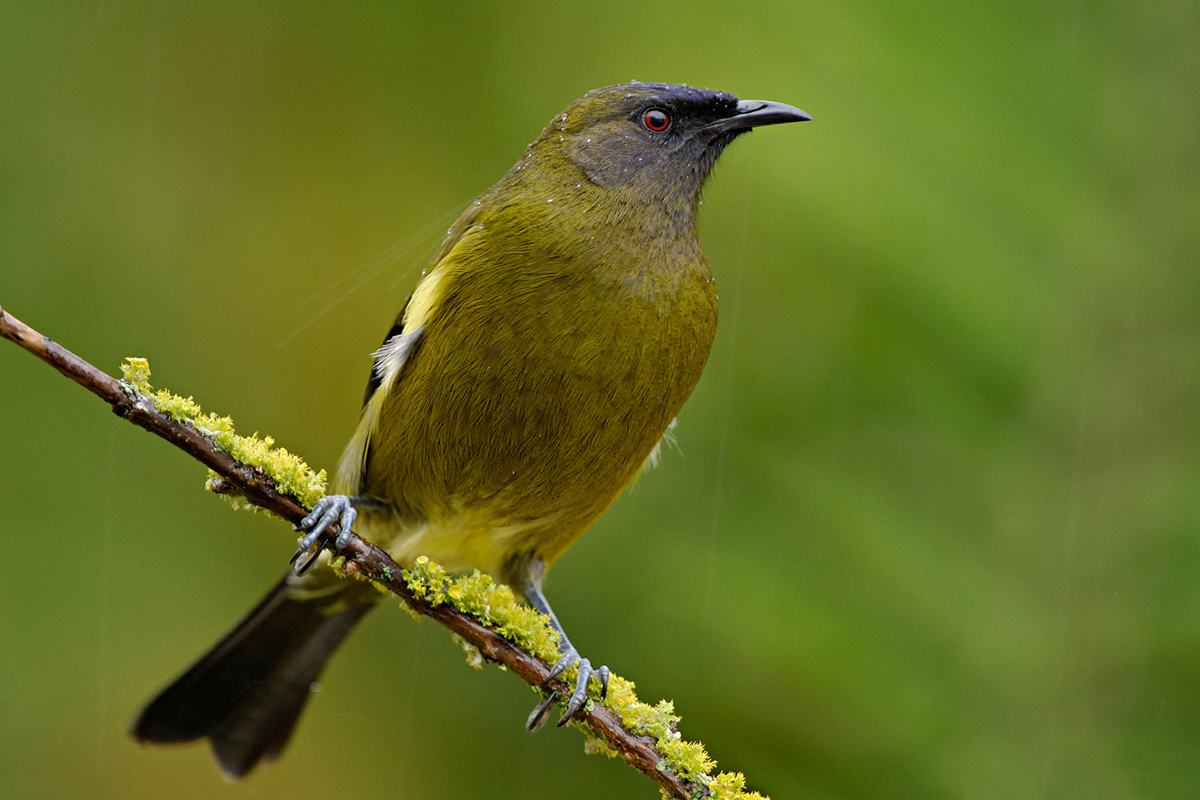Living in Wellington for 34 years, I experienced numerous small earthquakes, a few moderate ones causing significant damage, and a lot of the city’s notorious wet windy weather. The periodic carnage inflicted on the garden, minor cracks in a wall or two, and destruction of one large sash window in 100+ kph winds were manageable.
A much larger threat quickly became apparent – the occurrence of two challenges at once, earthquakes and bad weather. The consequences for the survivors of the inevitable “Big One” will be far, far worse in a dark, cold, wet June than in January.
Disasters tend to cluster. One problem or crisis, even if small, may create the circumstances that make a second, possibly larger problem more likely or the consequences more dire. Think of that June storm in Wellington – hardly a problem for most unless homes are unlivable due to an earthquake.
Three major crises have now converged on humanity— the Covid-19 pandemic, global climate change, and biodiversity extinction. In our island redoubt, it’s hard to comprehend the scale, but it’s enormous already. Covid-19 has dominated news of the past year, infecting 170 million people and killing more than 3.5 million. The bungled responses of many governments amplified already dreadful death tolls.
The climate and biodiversity crises pose far greater threats to humanity.
They share common causes – alteration and pollution of our planet on a global scale. Their harmful impacts are intensifying relentlessly, and the consequences will dwarf those of Covid-19.
The last seven years are the hottest on record, 2020 the hottest ever. Glaciers and ice caps are melting at record rates, and sea levels are rising. Increasingly intense storms and floods displace tens of millions annually.
Biodiversity suffers as badly as humans, if often less visibly. Ecosystems are destroyed or displaced as temperatures and sea levels rise, displacing their plant and animal populations. Fires in Australia are estimated to have killed one billion animals in 2020.
Our survival depends on a healthy nature.
Humans require a relatively narrow range of climatic conditions. Rising temperatures will make some parts of every continent unlivable, and melting glaciers will deprive populations of water for agriculture. Climate change combined with continued human destruction of nature threatens ecosystem services provided by healthy environments — the food, materials, clean air and water, fertile and stable soils, and spiritual and cultural sustenance necessary for our survival.
Paradoxically then, Covid-19 is the smaller crisis which received far more attention in 2020. The immediacy of the threat outshone the far greater threats of climate change and biodiversity decline.
It’s easy to feel overwhelmed – what can one person or even one small country like New Zealand do? Here are my thoughts:
First, understand the dimensions of the challenges and act accordingly. Covid-19 is a comparatively small
crisis – frightening but manageable. Vaccine science and good governance can get us through. If the Government can meet its schedule for full vaccination by the end of 2021, Covid-19 can become an ongoing management issue comparable to other infectious diseases.
Second, acknowledge that climate change and biodiversity extinction are existential crises that must be managed if humanity is to have a future worth having.
An unexpected outcome of 2020 was watching nature begin to heal over short periods of time, a good omen for success of future management actions. Air pollution declined surprisingly quickly during lockdowns of only a few weeks. The environmental benefits of traveling less and working at home more became obvious. In some places, wildlife became more apparent, even invading cities and roadways. Birdsong seemed louder.
Furthermore, the Government is laying strong policy frameworks for environmental recovery. The Ministry for the Environment has just released a document describing how nature underpins human wellbeing (Codifying the relationship between nature and people). This document is excellent. I would have required it of my university classes. The authors call it “a necessary step to ensure our decisions both acknowledge and protect nature and our wellbeing.”
The Department of Conservation launched the Aotearoa New Zealand Biodiversity Strategy 2020, setting out “a strategic framework for the protection, restoration and sustainable use of biodiversity, particularly indigenous biodiversity, in Aotearoa New Zealand, from 2020 to 2050.” Later this year, we’ll see how the Government responds to the final recommendations of the Climate Change Commission, released in June.
All of which leads to my third thought: Let’s get on with it please. These and other Government policies and acts offer pathways to addressing multiple crises at once. Now is the time for committed, long-term, courageous and inspiring action.
Māori are now providing inspirational environmental leadership through their long-term vision and sense of guardianship or kaitiakitanga. Their visionary commitment has led to protection through grants of legal personhood to three natural features of the land – Te Urewera, the Whanganui River, and Taranaki Maunga. The Te Awa Tupua (Whanganui River Claims Settlement) Act 2017 acknowledges the River as “a legal person … [with] all the rights, powers, duties, and liabilities of a legal person.”
I know that we are only a small country and our actions alone won’t solve all the world’s problems, but our actions can inspire others. India, the world’s most populous country, has now provided similar legal protection via a grant a personhood to the Ganges River. Other countries have followed suit.
Te Awa Tupua and other similar acts inspire because they come from the heart and express strong personal connections of humans to nature. They exemplify the courage and inspiration we will need for managing ongoing crises.

